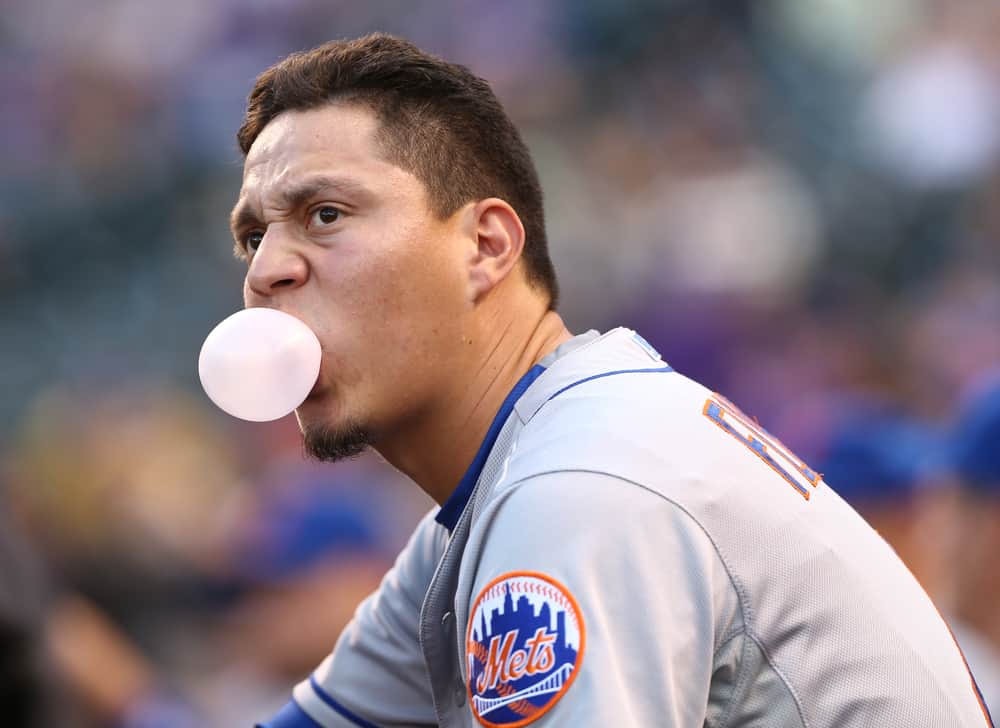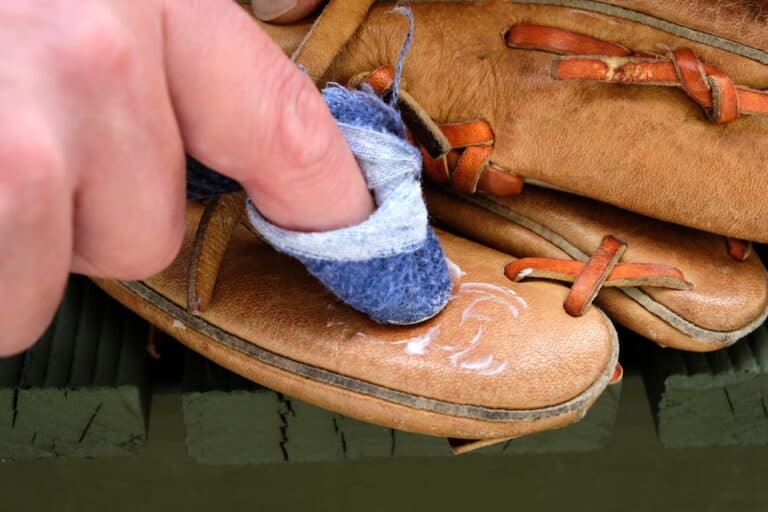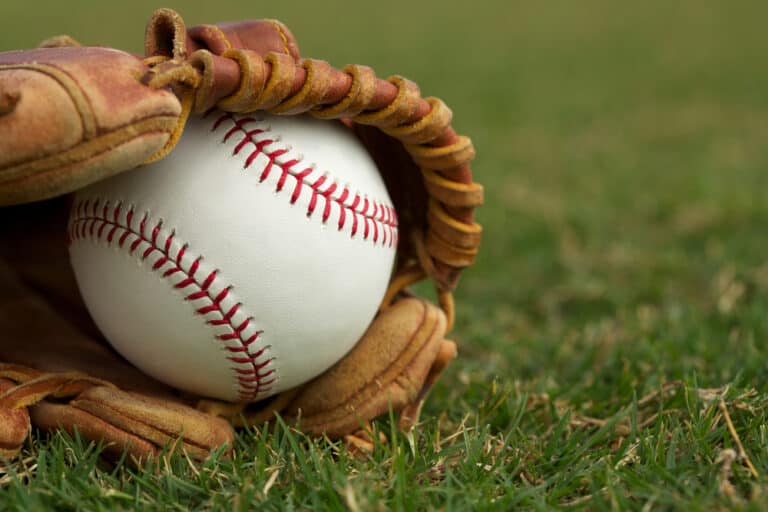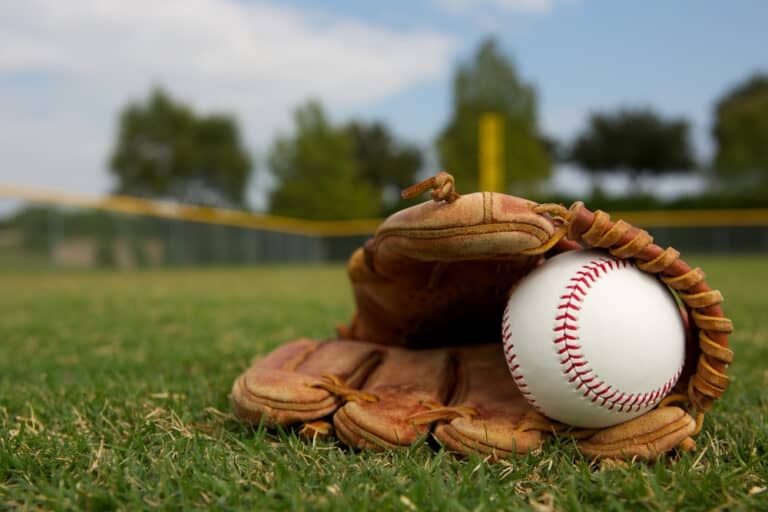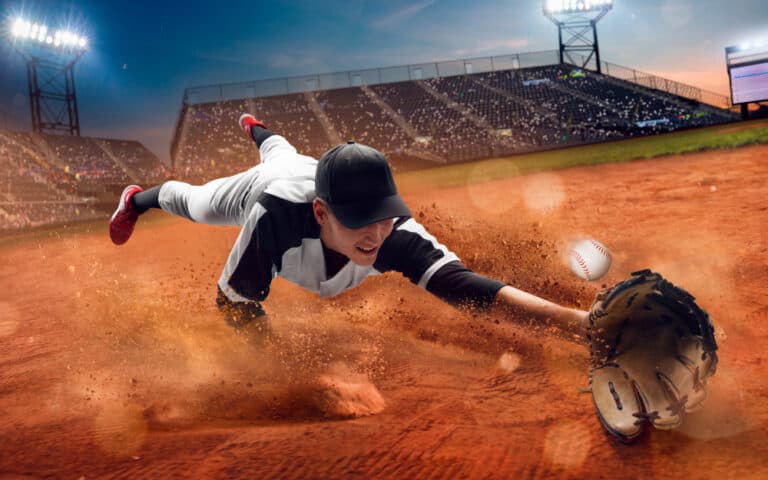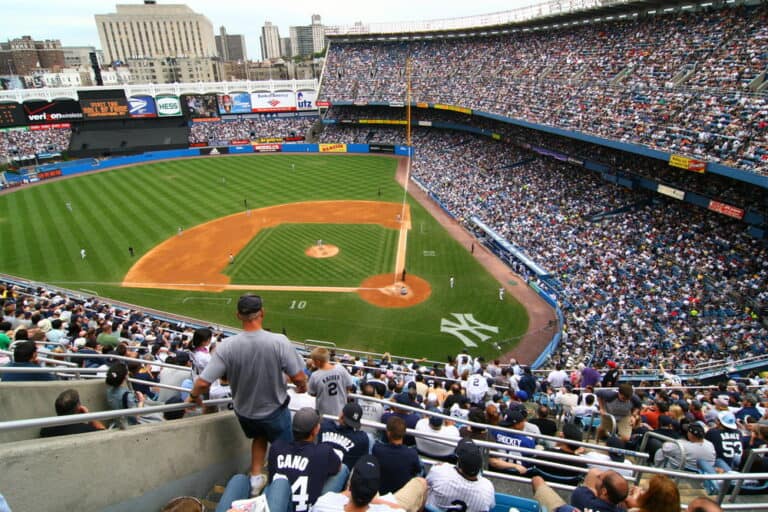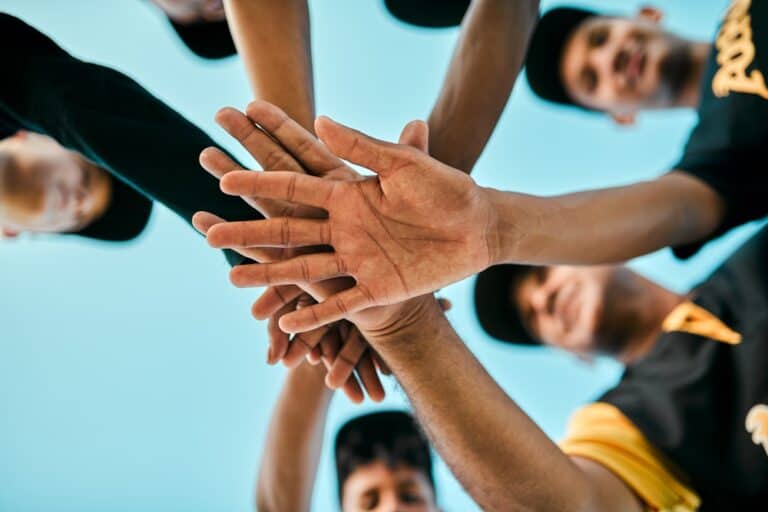Why Do Baseball Players Spit?
Editorial credit: Debby Wong / Shutterstock.com
June 19, 1846, was the first-day baseball was played as a National League sport. The first game was played at New Jersey’s Elysian Field between the New York Mutuals and the Knickerbockers, and the New York Mutuals won with a score of 23-1 in 4 innings.
Spitting is a time-honored tradition for anyone playing major league baseball, and the players do it for four reasons, namely when they chew seeds or chewing gum, it increases saliva production, they use spit to break in a new glove, it intimidates the other team, and they may coat the ball.
After the Covid pandemic, the baseball league sought to ban spitting, as it presented a significant risk. These attempts by the league to ban spitting have been met with derision by pitchers, batters, catchers, and fielders alike.
Why Is Spitting So Important To Baseball Players?
The practice of spitting during a baseball game had roots in the mid-1800s, when baseball became a national league sport.
In those days, baseball pitches were dust bowls, and the players chewed tobacco (bakkie) to stimulate their saliva glands, and when they spat it out, they did so onto their gloves, which were supposed to moisten them and make them softer and more pliable.
Players have no difficulty spitting saliva onto the ground because it is dirt.
Some players, who did not use tobacco off the field, would chew it on the field, partly for hydration but also being able to spit on the ball and their gloves.
In 1920 the league tried to ban chewing tobacco; however, the habits were so entrenched that its use increased towards the middle part of the century.
It became so prevalent that tobacco companies were the major sponsors of many of the teams and provided free tobacco to the players in return for an endorsement.
The players were still using tobacco up until 2011. In 2011 there was a mutual agreement signed between the MLB and the players’ union preventing tobacco use in any stadium and an agreement that the players would never chew tobacco in a place where they could be seen by the public, in particular the children.
In 2016 a new agreement was signed that prevents new players from using tobacco products. In addition, all thirty Major League Baseball stadiums ban the use of tobacco products (including smokeless tobacco) on their premises.
The players have complained that they would not be able to concentrate without chewing and spitting.
It may be the nicotine contained in the tobacco, providing some kind of adrenaline rush.
Even though tobacco has been banned at most stadiums, it has not stopped the habit of spitting, and tobacco has been replaced with the players now chewing sunflower seeds and chewing gum.
How Does Spitting Help The Players?
There are four reasons why players spit so prevalently on the field.
They Chew Seeds Or Chew Gum
Since the ban on tobacco chewing, players now chew sunflower seeds or chewing gum, which increases the production of saliva, which they spit out.
Spitting Improve The Pitchers Grip On A Ball
Players will lick their fingers with the intent that it will increase their grip on the ball.
While “spitballs” are banned, the rules do state that the player may bring his hand to the mouth while he is standing in the pitcher’s mound, subject to him wiping his hand afterward.
They Make Their Gloves More Pliable
Baseball players regularly spit into their new gloves to break them in and make them softer. While studies have proven that this technique doesn’t work, traditions are hard to break.
They Spit To Intimidate
Academics have made the case that one of the reasons why baseball players spit is because it shows contempt for the other team. This aggressive or contemptuous display is a way for the players to mask their nervousness.
They Coat The Ball
Spitting on one side of the ball makes a spitball. In more serious instances, the players don’t stop at spitting; instead, they apply a foreign substance like mud or Vaseline.
This “modification” creates both drag and weight on one side of the ball, enabling the pitcher to alter the ball’s flight characteristics significantly.
This practice was officially banned in 1920, and only seventeen named pitchers were allowed to continue using the technique for the remainder of their careers until they retired from the sport.
It was officially banned for two reasons:
It Is Cheating
Applying a substance (including spit) to the side of the ball will make it behave differently in flight. The practice is considered to be a form of cheating because the ball is being doctored.
It Is Dangerous
Raymond Chapman, who played shortstop for the Cleveland Indians, was killed when pitcher Carl Mays pitched a fastball at him, which was contaminated with dirt.
The dirty ball had the same effect as a spitball in that its flight characteristics were altered.
In fact, at the time, at every opportunity they could, players would dirty the balls with soil, licorice, and tobacco juice. They would also scuff, sandpaper, scar, cut, or spike them, in any way they could, to change the flight profile as well as make the ball less bright and harder to see for the batter.
Eyewitnesses said that Chapman did not see the ball and remained immobile until he was hit when he started to bleed out of his ear. He dies twelve hours later.
Chapman’s death resulted in two new rules.
- The umpire is required to change the ball when it becomes dirty.
- Spitballs are banned.
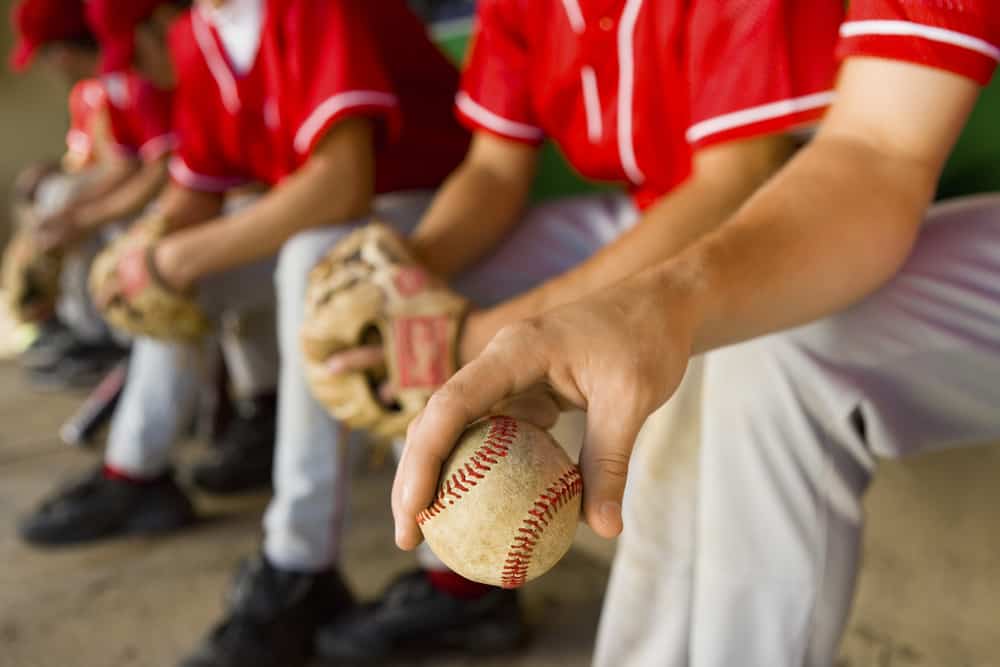
Conclusion
With COVID-19 and the possibility of other pandemics in the future, more pressure is being applied on sportsmen to clean up their act and desist from behaviors that adds the risk of germs spreading. One of the most discussed changes to the rules is the potential ban on baseball players being allowed to spit during a game.
While the league has officially announced a ban, it is being ignored by most players who insist that spitting in a baseball game is as much a part of the event as the actual game itself.

